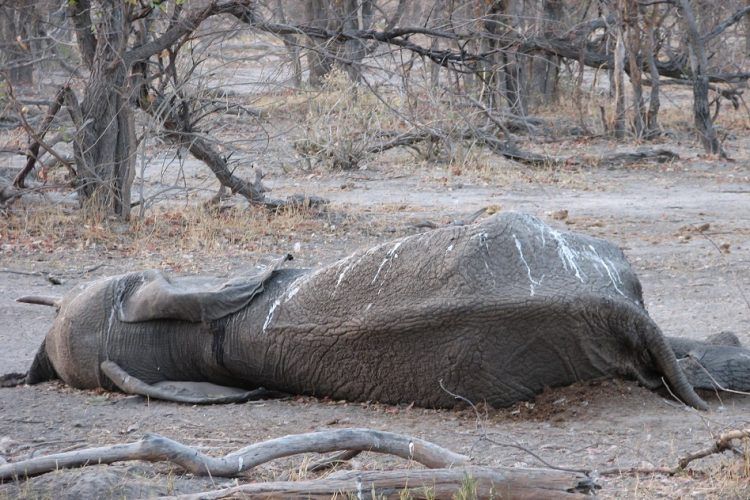Miss Alone
Prime VIP

The sun is slowly setting on the wildlife of India. In the Living Planet Report, 2016 conducted by World Wide Fund for Nature, India has been identified as an ecological blackspot where half of the wildlife is vulnerable to extinction.
Almost 14,000 vertebrate population of over 3,700 species from across the world are tracked in this report.
REPORT’S FINDINGS
There is pressure on water and land in India due to unsustainable human activities.
70% of the surface water is polluted.
60% of groundwater will reach a critical stage where it cannot be replenished.
One-fourth of India’s total land faces desertification.
One-third is degraded primarily because of depleting forest cover.
There is a 58% decline in vertebrate population.
The population sizes of vertebrates species have dropped by more than half in little.
The average annual decline in the vertebrates is 2 %
REASONS OF SUCH DEPLETIONS
Climate change is one of the main reason for collapsing of wildlife.
Contamination of water due to industrial and municipal waste.
Our consumption patterns are constantly shaping the future of our planet.
Destruction of wild areas for farming and logging.
Poaching of animals.
Exploitation of animals for food.
Sea Pollution: whales and dolphins in the sea are seriously harmed by long-lived industrial pollutants.
IMPACTS ON HUMAN RACE
The complete food chain is being hampered which will sharply affect the human race.
The increased human pressure threatens the natural resources that humanity depends on.
It will take 5 million years to rebuild the biodiversity.
The human race is heading towards its own extinction with increasing vulnerability of animals.
“Our consumption patterns and the way we look at our natural world are constantly shaping the future of our planet…We need to come together as a global community and address the threats to biodiversity to protect our environment, as well as our economic and social structures,” said Mr Ravi Singh, secretary general and CEO, WWF-India, as reported by The Hindustan Times.
With the emergence of Paris Climate Agreement, India builds up hopes for environmental preservation by tackling climate changes which will also safeguard wildlife.
Living Planet Report is published every two years by the World Wide Fund for Nature. It is based on the Living Planet Index and ecological footprint calculations.
